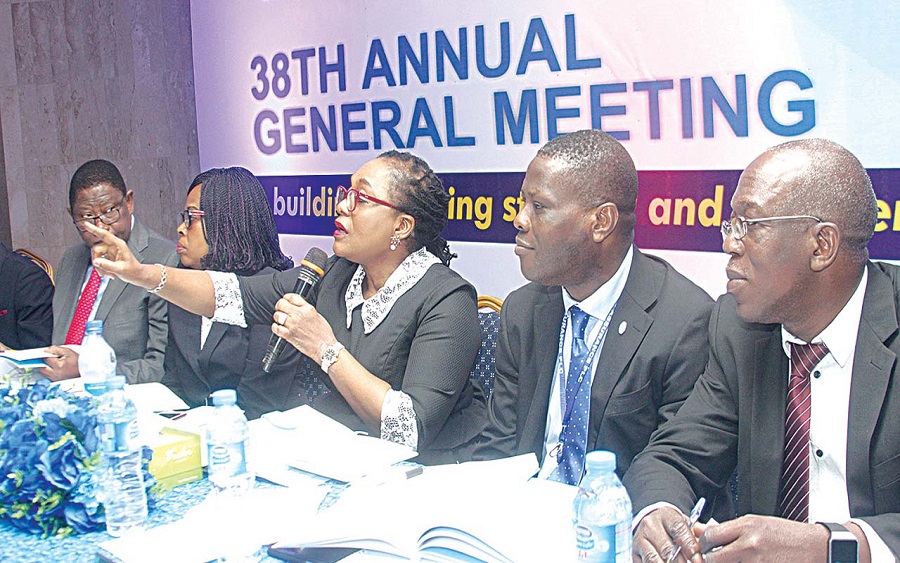Fidelity Bank Plc had a somewhat poor 2013 FY results despite posting profit after tax of N7.7billion. The result was disappointing because when you compare it to 2012Fy profits actually did drop by 56%. 2014 Q1 results was no better as the bank also saw pre-tax profits drop 25% YoY. What is the official reason for this… here is what the bank says and our response in red;
Key Pressure Points in FYE 2013
a. AMCON Clawback of N4.4bn on previously sold loans
In other words N4.4billion was sent back to the bank by Amcon. Amcon claws back loans when it believes the reality on ground is in contrast to the state of the loan as reported by the bank at the time AMCON took over. For example, this could be because Fidelity Bank had told Amcon that the loans were backed by collateral thus pricing it higher to Amcon. However, Amcon later discovered indeed that the loans didn’t have the sort of collateral claimed by the bank.
b. One-off additional provision of N1.8bn in respect of Actuarial Valuation on gratuity and pension obligations.
A one of write off of N1.8billion on gratuity and pension
c. Increase in AMCON Levy from 0.3% to 0.5% of total assets which increased operating expenses. Year 2102 was N2.2bn compared to N4.6bn in Year 2013.
This was felt industry wide as reported in most Bank’s earnings for 2013. However, this year it cost the bank more than double what it did last year. It’s basically a “tax” for carrying increased risk.T
d. Increase in cost of deposits due to tightened monetary conditions. This raised average cost of deposits to 6.9% from 6.6% in 2012.
This was just a 0.3% increase anyway… they forgot to mention that they also raised their lending rate in tandem.
e. Impact of the introduction of 50% Cash Reserve Ratio (CRR) on Public sector funds in August 2013. We sustained average monthly income reduction of N520.5m from Aug – Dec, 2013 (circa. N2.6bn).
This was also industry wide. However, the fact that it cost them about N2.6billion in lost income is a key indication of their reliance on public sector funds.
f. Loan book strongly tilted to the Corporate Bank segment, which posed difficulty during periods of need for re-pricing. About 70% of loan book is in Corporate Bank.
This probably occurs when you have a asset risk mismatch. Public sector funds obtained at a cheap rate and lent to corporate at a wide margin. With the tightening of CRR margins are bound to shrink.

















